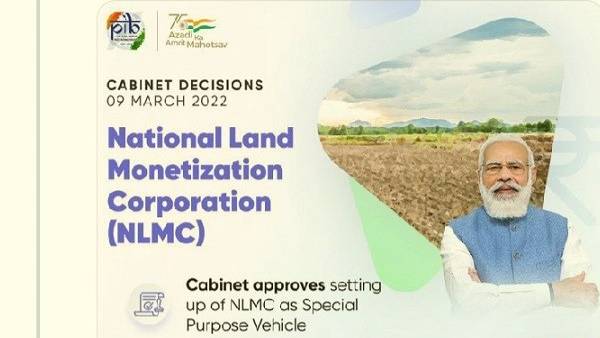Free Courses Sale ends Soon, Get It Now


Free Courses Sale ends Soon, Get It Now



Disclaimer: Copyright infringement not intended.
Context:
NLMC:
Surplus Non Core Assets:
Proposed Functions of NLMC:
Significance:
|
STRATEGIC DISINVESTMENT When the government decides to transfer the ownership and control of a public sector entity to some other entity, either private or public, the process is called strategic disinvestment. The Department of Investment and Public Asset Management (DIPAM) which comes under the Finance Ministry defines Strategic disinvestment as follows: “Strategic disinvestment would imply the sale of a substantial portion of the Government shareholding of a central public sector enterprises (CPSE) of up to 50%, or such higher percentage as the competent authority may determine, along with transfer of management control. STRATEGIC DISINVESTMENT VS DISINVESTMENT Selling minority shares of Public Enterprises, to another entity be it public or private is disinvestment. In this the government retains ownership of the enterprise. On the other hand, when the government sells majority shares in an enterprise (above 50%) that is strategic disinvestment/sale. Here, the government gives up the ownership of the entity as well. Government carefully choses enterprises to be put up for sale. |
|
CORE VS NON CORE ASSETS Core assets include the assets that are critical to a company and its business operations. In other words, core business assets are needed for the company to generate revenue and remain profitable. Core assets can include equipment, machinery, factories, and distribution channels, such as vehicles. Core assets can also include a trademark or a patent. Conversely, non-core assets are the assets that are not critical to the production of a company's goods, nor are they critical to generating revenue. Non-core assets are often sold when a company needs to raise cash. Typically, non-core assets can include the following: § Real estate § Commodities § Idle equipment § Natural resources § Investment securities § Land that's not being used |
As mentioned earlier National Land Monetisation Corporation (NLMC) is in pursuance of the ambitious National Monetisation Pipeline.
National Monetisation Pipeline:
Asset monetisation: The concept
Why is it important?
© 2024 iasgyan. All right reserved